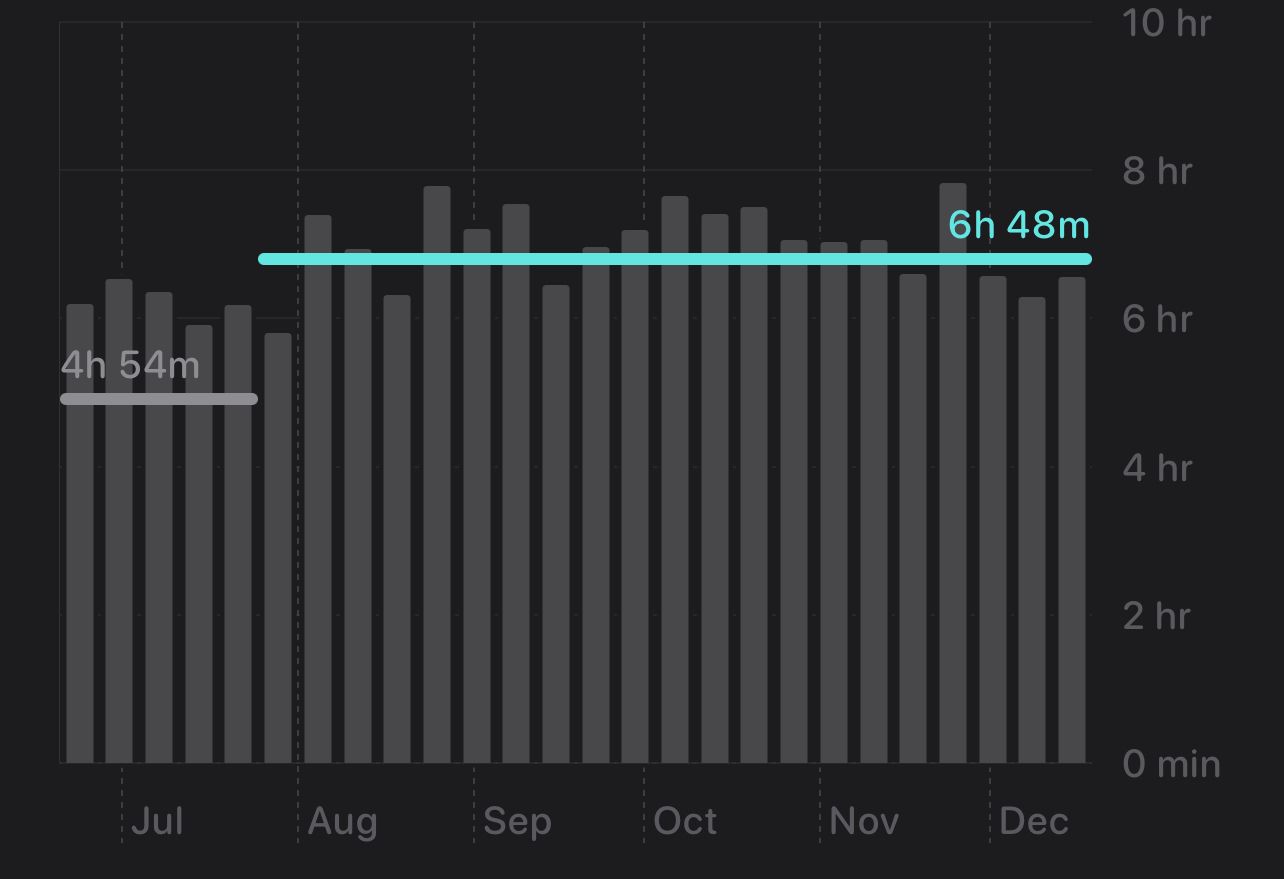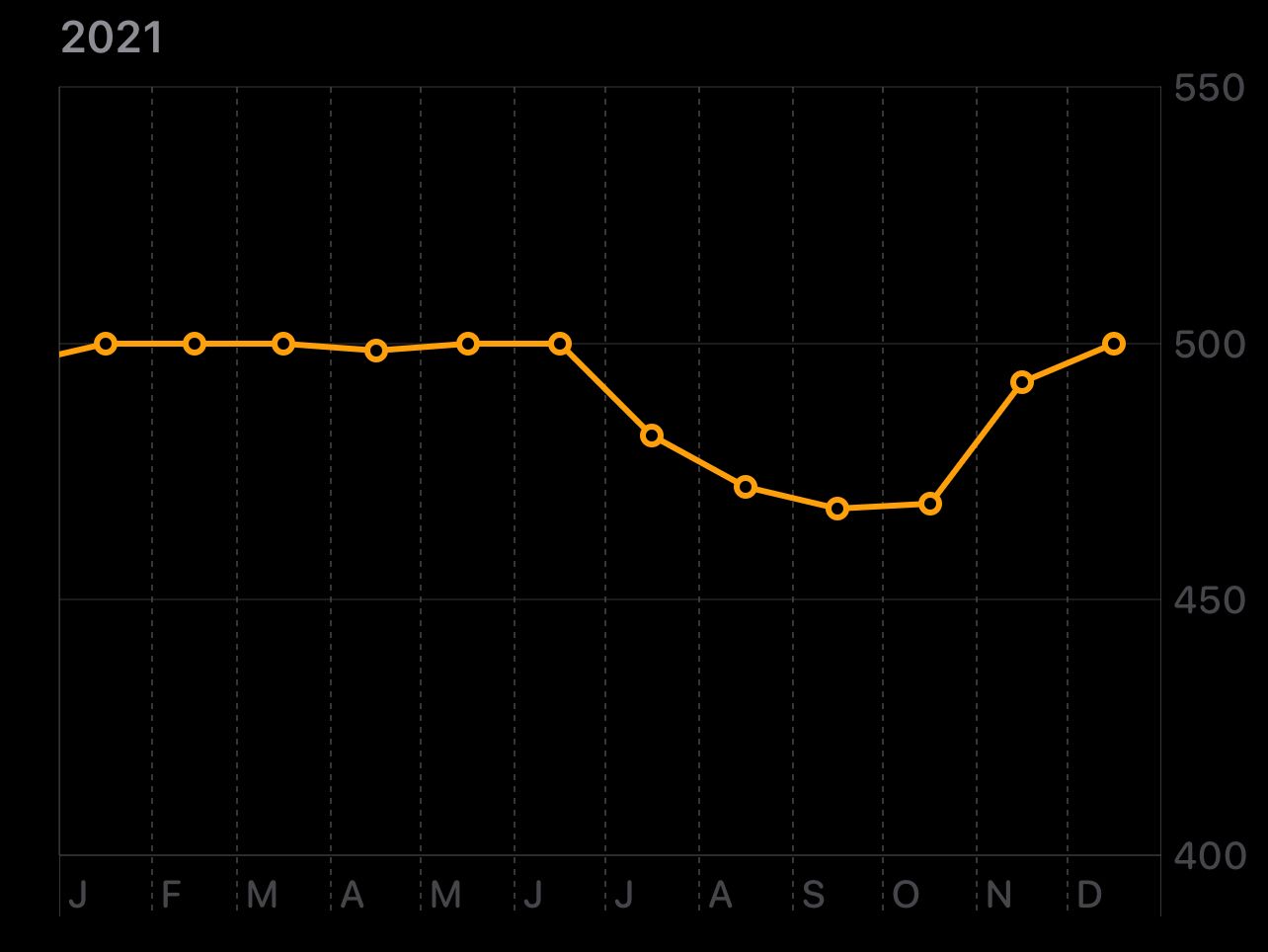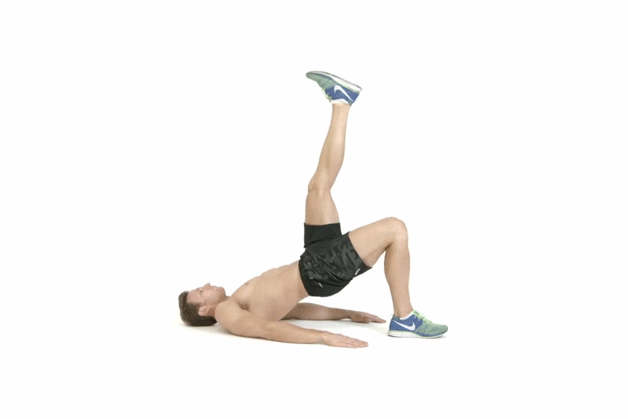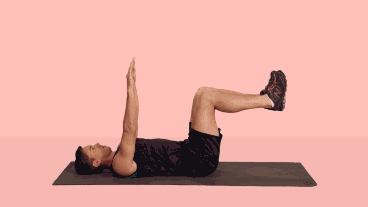For about a week now I’ve been able to do two things that I haven’t been able to do in a very long time: sleep through the night without adductor/groin pain, and walk three kilometers without my hip flexors cramping up so badly I had to sit down. Getting here has been the single hardest thing I’ve ever done in my life. It isn’t over yet, it may never be, but I feel like I’m in control again, and that’s a great feeling. For the longest time I thought I was fighting a loosing battle, but now I think I at least understand both the problem and the solution.
In this post I will share more about these two goals and how I achieved them, including my own diagnosis of my condition. In later posts I will relate my longer twenty year journey to solve this problem along with my thoughts on various approaches to managing one’s health, such as yoga, physical therapy, strength training, massage, etc. If you aren’t interested in reading the whole thing, at least take a look at my shorter post, “five tips for managing pain.” For those who are willing to stick around, I hope that my own experiences can save you from going down some of the blind alleys that I went down.
NOTE: I am not a professional physical therapist or personal trainer, I am just someone who has struggled to manage their own hip pain, but over the course of my research I have learned a lot, and I wanted to share those lessons with everyone. Please don’t take any of this as professional advice and see a doctor before trying any of the solutions discussed in this series.
Let me start with two graphs documenting my recent success.

In this graph you can see the average number of hours I sleep per night. After I learned how to sleep without pain at the start of the year, it still took me another six months to re-train my body to sleep through the night. I’ve gone from less than five hours of sleep a night to over six and a half hours of sleep a night. This is a huge difference in my quality of life.
Insufficient sleep can negatively impact learning, mood, metabolism, cardiovascular performance, and numerous other aspects of one’s health. There is a reason that sleep deprivation is one of the most preferred forms of torture! I had honestly thought that I would never be able to get a proper night’s sleep again, so this graph means a lot to me. I hope it will give hope to others struggling as well. Don’t give up!

This second graph is my “six-minute walk distance,” which is an “estimate of how far you can walk on flat ground in six minutes.” The six-minute walk distance is a indicator of overall mobility and fitness. The line flattens out at 500 meters, as that is considered the standard and it doesn’t measure above that speed. If you normally are able to achieve that goalpost and suddenly fall short, as I did over the summer, then it is a good indication that something is wrong. After lots of hard work with my physical therapist here in Leiden, you can see that I was able to get back up to my normal walking pace.
So what caused these problems and how did I solve them? While I intend to go into detail about the long and difficult road I followed trying to get a proper diagnosis in later posts, here I want to cut to the chase and explain exactly what I think is wrong with me. The main culprit was weaknesses in the muscles around my right hip, namely the glutes and the abdomen.

This is the classic cause of Anterior Pelvic Tilt (APT), one of the most common causes of both hip flexor pain and lower back pain. But I don’t think I had classic APT, exactly. I only developed hip flexor problems this summer, and I don’t have a history of lower back pain. However, I think the same underlying weaknesses that cause APT were also the cause of my problems. And the same basic solutions for fixing APT seem to be helping me as well.
My problems manifested in my right inner groin area, where the adductor muscles are located. It was tightness here that prevented me from sleeping at night. About two years ago I started doing exercises, massage, and stretches to relieve these muscles. I had some initial success, and even thought I had “fixed” my problem, but I was wrong. Yes, I did loosen my adductors, and even strengthen my glutes and abdomen somewhat, but it was a partial fix and the problem migrated from my adductors to my hip flexors. Instead of not being able to sleep, I couldn’t walk!
That is where I was until I started working with a new physical therapist who did something nobody had ever done with me before: a “gait analysis.” This means that she filmed me waking on a treadmill and looked at how my muscles work when I am moving. This is very important, because previously I had been thinking of my muscular skeletal system as a static structure. What this gait analysis revealed is that I had “gluteal amnesia” (known more amusingly, “dead butt syndrome”). This means that those muscles weren’t firing/engaging when they were needed.
Even though I had been doing lots of core and glute exercises, I realized that I needed to do more focused work on my glutes, especially exercises that didn’t allow me to cheat by using other muscles. Later on we also discovered that something similar was happening with my lower abdomen. Finally, it also seems that a lack of mobility in my thoracic spine (along with my tight hip flexors) was also preventing my body from swinging through its full range of motion.
To make a long story short, even though I had loosened up my adductor/groin muscles over the past year and a half, I had not sufficiently awoken my glutes or abdominal muscles, so my hip flexors took on the extra work. This is what caused me to have problems walking. Now that I understand the problem and know how to awaken those muscles, I am finally making real progress.
I’ll share my full routine later on, but for now I want to share the two most important exercises I’m doing, since it will help understand the overall approach. The first one is the “single leg glute bridge.” Like the following animated GIF, but I find it works better not to bring the buttock down so low, focusing on the top range of motion instead.

The second one is the “dead bug exercise.” In this one you want to focus on keeping your lower back on the floor. If you find that you can’t do that, limit the range of motion of your legs so that you only go as far as possible with your lower back remaining on the ground.

My full routine involves a lot more than this. It takes me about half an hour every morning, on top of spending three hours a week at the gym, and an additional routine I do at home on the days I’m not at the gym. I also go for long walks every day. As I said, it is hard work. But it is paying off, and for the first time I really feel confident that I neither need to permanently live with my condition, nor do I need surgery. My journey has taken me nearly two decades, and along the way I tried many different approaches. I’ll write more about that in future posts.
